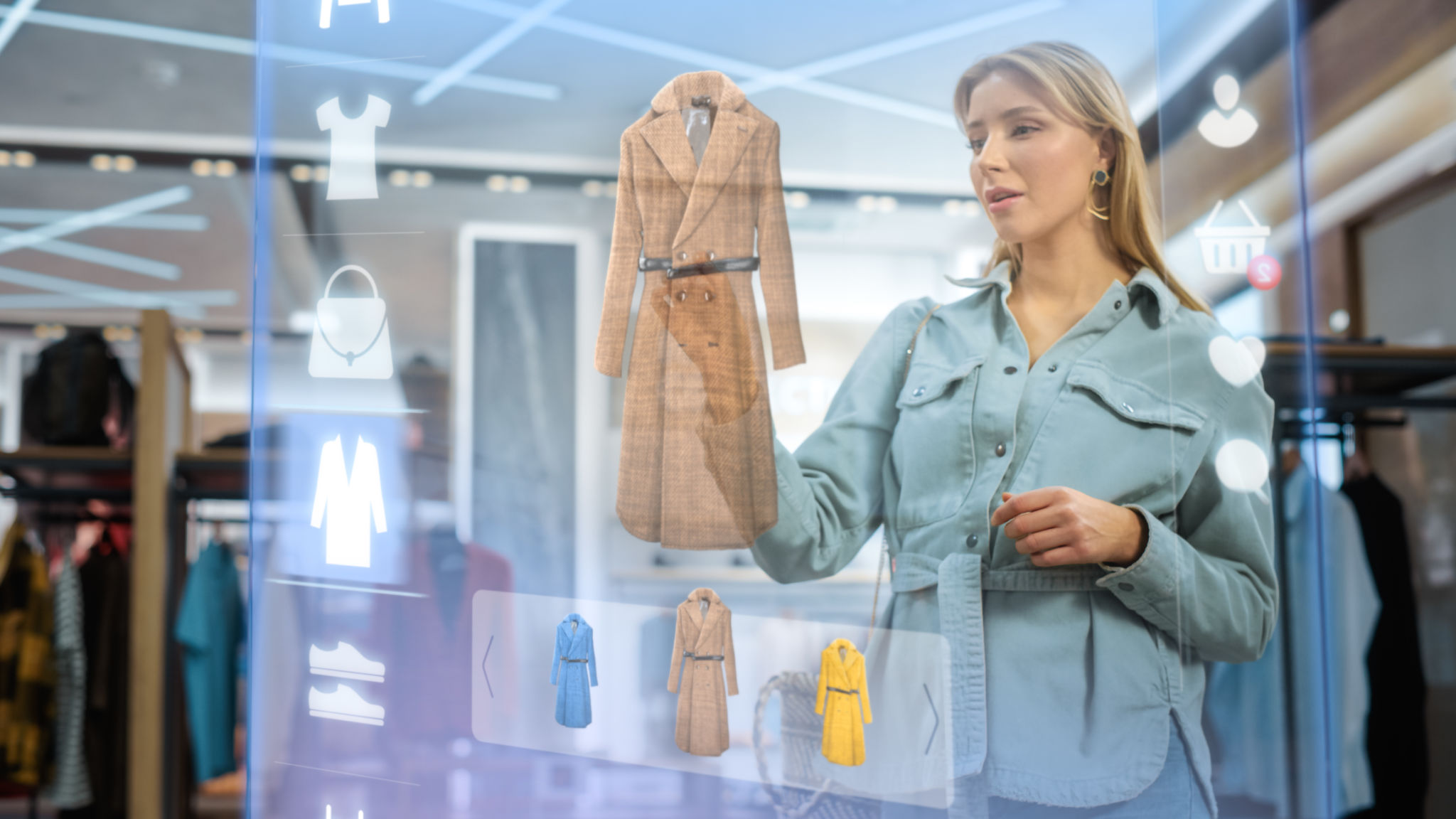FAQs About Virtual Try On Technology for Clothing Brands
What is Virtual Try-On Technology?
Virtual try-on technology is an innovative digital solution that allows customers to try on clothes virtually using augmented reality (AR) or virtual reality (VR). This technology creates a simulated dressing room experience where users can see how clothing items fit without physically wearing them. By overlaying digital images of garments onto the user's image, it offers a realistic view of how the clothes would look on their body.

How Does Virtual Try-On Work?
Virtual try-on technology uses advanced image processing and machine learning algorithms to create a virtual fitting room experience. Customers can either upload their photos or use a live camera feed. The technology then maps the clothing onto the user's body, adjusting for size and fit in real-time. This allows for an interactive and personalized shopping experience.
Some platforms also incorporate 3D body scanning, which enhances the accuracy of how garments fit different body types. By combining these technologies, brands can provide a more tailored shopping experience that reduces the uncertainty of online shopping.
Why Should Clothing Brands Use Virtual Try-On?
Implementing virtual try-on technology offers numerous benefits for clothing brands. Firstly, it can significantly enhance the customer experience by allowing shoppers to visualize products more accurately, leading to higher satisfaction and engagement. Additionally, this technology can help reduce return rates, as customers are more likely to purchase items that they have virtually tried and are confident will fit well.

Moreover, virtual try-on solutions can expand a brand's reach by appealing to tech-savvy consumers who prefer innovative shopping experiences. By adopting this technology, brands can differentiate themselves in a competitive market, offering a unique selling proposition that attracts more customers.
What Challenges Do Brands Face with Virtual Try-On?
While virtual try-on technology offers many benefits, there are challenges to consider. One major challenge is ensuring the accuracy of the virtual fit. Discrepancies between the virtual and actual fit can lead to customer dissatisfaction, so it's crucial for brands to invest in high-quality solutions that provide precise simulations.
Another challenge is the integration of this technology with existing e-commerce platforms. Brands need to ensure that their virtual try-on solution is seamlessly integrated into their website or app to provide users with a smooth and intuitive experience.

What Are the Costs Involved?
The cost of implementing virtual try-on technology can vary based on the complexity and features required. Basic solutions might be more affordable, while advanced systems with 3D scanning and detailed analytics can be more costly. However, the investment can be justified by the potential increase in sales and customer loyalty.
Brands should carefully evaluate their budget and objectives to determine the most suitable solution for their needs. Partnering with experienced service providers can also help manage costs while ensuring high-quality implementation.
Future Trends in Virtual Try-On Technology
The future of virtual try-on technology is promising, with ongoing advancements poised to enhance its capabilities further. Emerging trends include the incorporation of artificial intelligence (AI) to provide personalized styling recommendations based on user preferences and past purchases.
Additionally, we can expect increased integration with social media platforms, enabling users to share their virtual try-on experiences directly with their network. This could further boost engagement and drive brand awareness through user-generated content.
